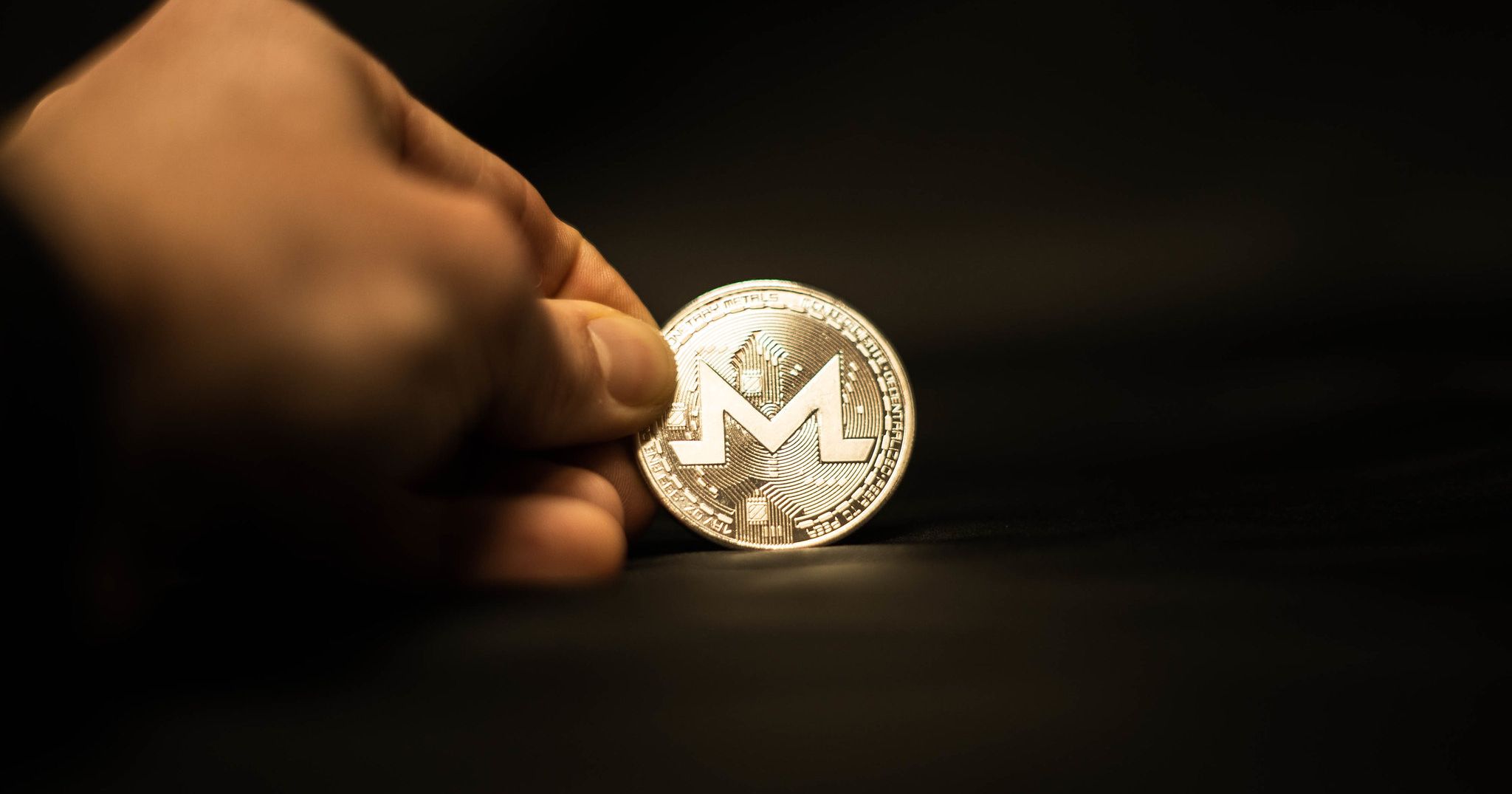In the cryptocurrency game, Monero is undoubtedly a big player. Whether it’s being traded, invested in, or even mined, there are plenty of reasons to get involved with this crypto. However, Monero is now being used for more illicit purposes, i.e. by cybercriminals. So, why is Monero becoming so popular among malicious actors?
What Is Monero (XMR)?
Before we get into Monero’s use by cybercriminals, let’s run through a quick overview of what it is.
Launched in 2014 by a group of developers (most unknown) via a Bytecoin hard fork, Monero’s goal has always been to offer users both privacy and anonymity. This peer-to-peer network’s privacy coin, XMR, can be traded like other big assets like Bitcoin and Ethereum, and uses a proof of work consensus mechanism known as RandomX.
Since its launch, Monero has risen through the ranks to become one of the most popular cryptocurrencies in the world, with a current worth of around $170 (though this is constantly fluctuating). Many individuals choose to both trade and mine Monero to make a profit, but this crypto’s use can stretch beyond above-board.
So why, exactly, is this coin now so commonly used in the cybercrime industry?
Why Is Monero Used in Cybercrime?
Monero’s prevalence in the cybercrime world mostly comes down to one key component of its design: anonymity.
Of course, the vast majority of cybercriminals want to remain anonymous at all times to evade the authorities, so it’s expected for these malicious individuals to do what they can to conceal their identity. This is where Monero can be of use.
Today, Bitcoin stands as the most popular currency used by cybercriminals. However, though using Bitcoin offers a lot more privacy than using traditional currencies, there are still through ways Bitcoin transactions can be tracked. On the Bitcoin blockchain, any and all transactions are recorded and can be viewed. Recipient addresses can be seen by the sender, which exposes the recipient in question to discovery.
On top of this, every single Bitcoin in circulation is uniquely recognizable via its serial number, making it even easier for it to be tracked from wallet to wallet.
The tracking of illicit Bitcoin payments was highlighted in 2021, when the FBI seized the ransom taken in the Colonial Pipeline ransomware attack. The ransom, paid in Bitcoin, was recovered from a DarkSide ransomware-as-a-service affiliate, who used that type of ransomware to attack the company and steal their data.
News of this seizure spread quickly, with many malicious actors realizing that using Bitcoin wasn’t as anonymous as they had once thought. Because of this evident risk of exposure, cybercriminals have decided to develop sneakier ways of evading law enforcement. The use of Monero is one way through which this can be done.
Unlike Bitcoin and many other cryptocurrencies, Monero transactions do not expose any address information to the sender or the receiver. This feature is known as the ring signature, and makes it incredibly difficult to track the source or destination of Monero funds. This added layer of anonymity allows cybercriminals to more easily remain elusive.
Because of its potential risks, many exchanges, such as Coinbase, do not offer Monero for trade. This makes the use of Monero somewhat limited in an above-board setting. For example, if a criminal wanted to take their Monero earnings and sell it on their go-to exchange, this may not be possible if the platform has de-listed it. Other privacy coins like Dash and ZCash have also been de-listed from some exchanges because of their involvement in illicit activities.
But this by no means makes Monero impossible to profit from. A number of big exchanges, such as Binance, still allow you to buy Monero, and offers a number of Monero trading pairs. So cybercriminals can unfortunately still benefit financially by using…
Read More: www.makeuseof.com











 AIntivirus
AIntivirus  LAIKA the Cosmodog
LAIKA the Cosmodog  BEAM
BEAM  Passage
Passage  Kepler
Kepler  HERBCOIN
HERBCOIN  Musk It
Musk It  BizAuto
BizAuto  Joule
Joule  Baanx
Baanx  AlphBanX
AlphBanX  StarLink
StarLink  Index Coop - ETH 2x Flexible Leverage Index
Index Coop - ETH 2x Flexible Leverage Index  Mystiko
Mystiko  LETSTOP
LETSTOP  The Innovation Game
The Innovation Game  XDB CHAIN
XDB CHAIN  Smoking Chicken Fish
Smoking Chicken Fish  SwapX
SwapX  Mistery
Mistery  LORDS
LORDS  LEA AI
LEA AI  Fren Pet
Fren Pet  ParagonsDAO
ParagonsDAO  Cult DAO
Cult DAO  DOLZ.io
DOLZ.io  Bridged Wrapped Bitcoin (StarkGate)
Bridged Wrapped Bitcoin (StarkGate)  cUNI
cUNI  Aviator
Aviator  Hasbulla's Cat
Hasbulla's Cat  AIT Protocol
AIT Protocol  Draggin Karma Points
Draggin Karma Points  Charles the Chad
Charles the Chad  Interest Compounding ETH Index
Interest Compounding ETH Index  QnA3.AI
QnA3.AI  Beets
Beets  Tsotchke
Tsotchke  Scotcoin
Scotcoin  Lattice
Lattice  W Coin
W Coin  Tevaera
Tevaera  Kolin
Kolin  Paladin
Paladin  NANI
NANI  Blockasset
Blockasset  MEMES
MEMES  UNCX Network
UNCX Network  HELLO
HELLO  SIX Network
SIX Network